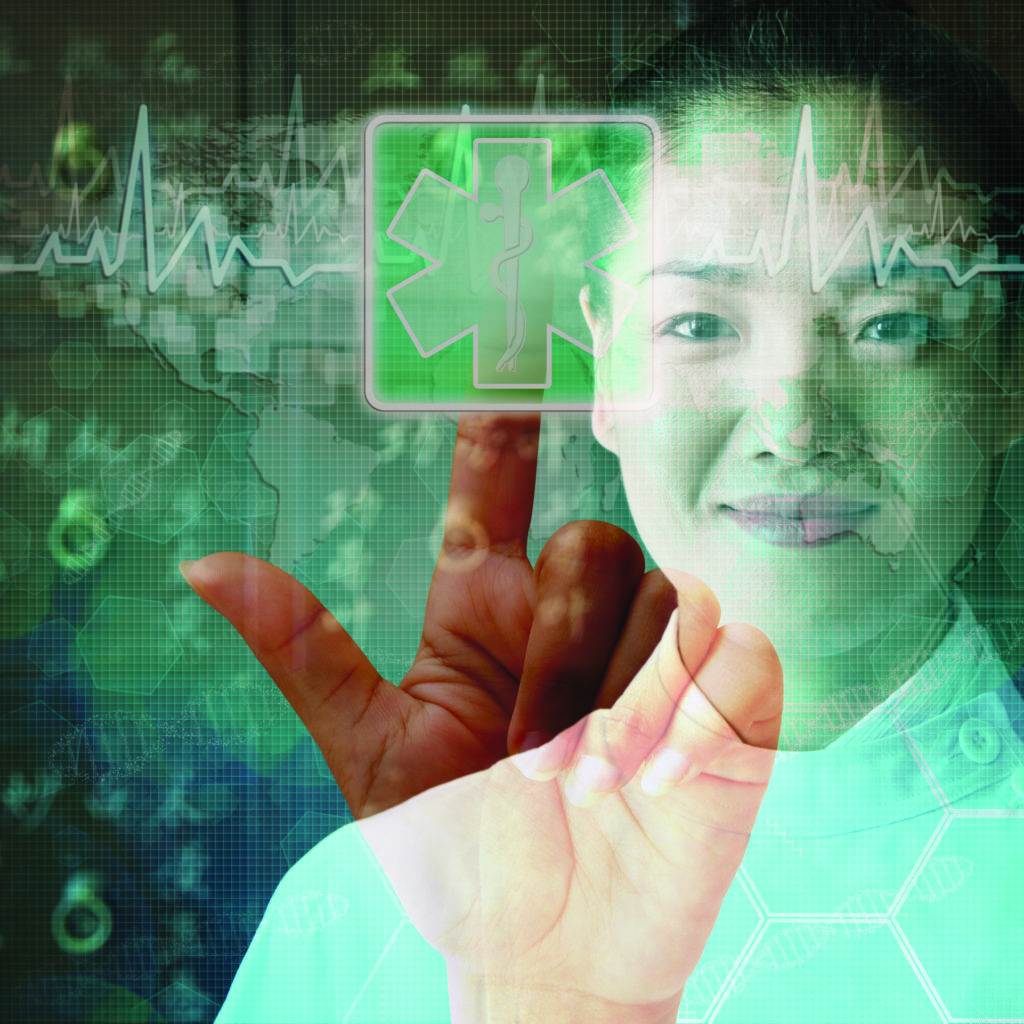Ancient Chinese Medicine
BY ALLISON SCHENTRUP
Healthcare in America is in dire straits. From the opioid epidemic, which kills 90 people a day, to the healthcare bill currently in the Senate that would give insurance companies the power to cease coverage for preexisting conditions, overhauling the US healthcare system is a must.
What’s Old Is New
With the rise of alternative healing practices such as yoga and massage, the public perception about the effectiveness of integrative healthcare is changing, and Americans are increasingly more likely to want to be in control of the treatments they receive. According to Pew Research Center, 50% of the public has tried alternative medicine either instead of or in conjunction with conventional treatments.
A new way forward may mean looking back a few thousand years to Traditional Chinese Medicine (TCM) and updating its practices for the modern world. TCM employs ancient healing theories and techniques such as acupuncture, cupping, tai chi, and herbal supplements to enhance the peripheral nervous system and help the body achieve an intrinsically balanced state.
Acupuncture, the most common treatment, uses fine, sterile needles inserted into the skin at specific anatomic sites, commonly referred to as acupuncture points, or acupoints. While TCM practitioners do not claim to cure diseases alone, acupuncture effectively treats allergy symptoms, migraines, fertility issues, chronic pain, and the side effects of chemotherapy.
The Innovative Spirit
As an entrepreneurial hub, the Bay Area is well known for its longstanding influence on endeavors ranging from social justice to technology, and this innovative attitude also applies to the practice of Chinese Medicine. San Francisco’s American College of Traditional Chinese Medicine (ACTCM), founded in 1980, is one of the oldest Chinese Medicine schools in the country.
Since ACTCM’s founding, California has become a hub for licensed acupuncturists in the US, with over 10,000 practitioners living in the Bay Area alone. This has led to a boom of cross-disciplinary collaboration that has brought acupuncture into settings that would have been unheard of even 15 years ago.

Healing Mainstream
Hospitals around the Bay Area, including the California Pacific Medical Center and the University of California, system are pioneering a care regimen that combines acupuncture and Western medicine during a patient’s hospital stay. In Oakland’s Highland Hospital, home of the first Traditional Chinese Medicine residency clinic in the US, practitioners work alongside doctors, nurses, and hospital staff in all stages of the patient’s care plan.
Dr. Amy Matecki, chief of integrative medicine, says this approach works when care providers are given the opportunity to ask what the best medicine is for this patient’s condition. “We have to collaborate by understanding the Western standard while keeping the Chinese Medicine advantage of truly individualized care.”
By combining forces between Eastern and Western medicines, Highland Hospital is creating a unique experience within the modern healthcare system where patients’ treatments are both intimate and specifically tailored to their needs.
Veterans in the Bay Area are also receiving TCM treatments through the VA hospital and beyond. Many veterans find medications for pain and PTSD to be ineffective or the cause of harmful side effects. In 2010 the US Army investigated the amount of addictive opioids prescribed to veterans, and to the delight of the alternative medicine community, the resulting recommendation called for increased access to complementary care. In 2011 BAYVAC, a low-fee clinic for veterans and active military members, was established to immediately provide this service to those returning from the front lines.
Championing Change
Professional athletes are turning to Traditional Chinese Medicine for a boost in pain relief, muscle relaxation, better sleep, and energy boosts. Tour de France winner Vincenzo Nibali and Green Bay Packers quarterback Aaron Rodgers attribute their quick recoveries to acupuncture. And cupping, another ancient healing modality that produced those deep purple, hickey-like circles on swimmer Michael Phelps, had its Olympic moment in 2016.
Kyil-Young Yu, acupuncturist for the Golden State Warriors and the San Francisco 49ers, says that players at first were reluctant to try acupuncture but are now very much on board.
Power forward Draymond Green gets acupuncture and cupping treatments from Yu. “In this business, you have to do everything you can to stay as fresh as possible,” says Green. “I think we have one of the best medical staffs in the league to make it happen.”
For Yu, the biggest obstacle was educating the trainers about the way acupuncture works. “If I tell the trainer that a player’s pain is caused by blood or qi stasis, they’re not going to know what I’m talking about, so I explain it this way: When a muscle gets injured—whether through trauma, being overworked, or postural stress—this tissue and the surrounding blood vessels and lymph nodes will tighten up to prevent further injury and protect the area.”
Yu believes that he has helped the staff understand acupuncture’s mechanical advantage—the use of needles to penetrate into the muscle belly. In the end, the results speak for themselves.
“As an acupuncturist, I would like to believe the success of the Warriors started when the acupuncture came on,” says Yu, laughing. “But the truth is, they have talented players, excellent coaches, and a great training staff.”
Allison Schentrup is a writer, tutor, and Gestalt therapist with a master’s in Integral Counseling Psychology from California Institute of Integral Studies.